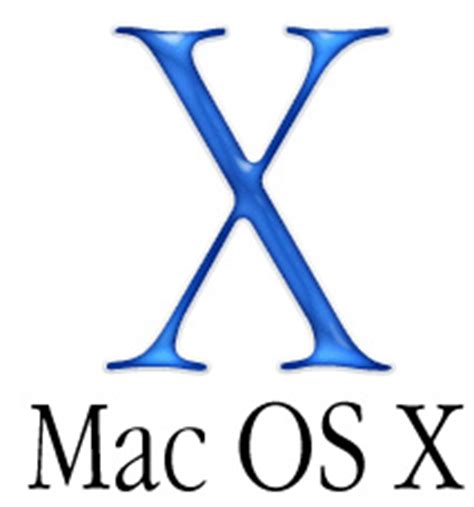

- #Qt mac os x for mac os x#
- #Qt mac os x mac os x#
- #Qt mac os x install#
- #Qt mac os x 64 Bit#
- #Qt mac os x code#
#Qt mac os x 64 Bit#
For the Cocoa version, 64 bit is chosen by default.Ĭurrently, Apple's default GCC compiler is used by default (GCC 4.0.1 on 10.4 and 10.5, GCC 4.2 on 10.6).

To explicitly configure Qt to build for 34-bit or 64-bit architectures (or both), use the -arch flags (see Universal Binaries). If you want a different setup you must build Qt yourself using the source package. There are two versions of the Qt binary, one with x86 and x86_64 Cocoa and another with x86 and ppc Carbon. To build Qt for Carbon, specify the -carbon flag to configure. Qt uses Cocoa by default, both for the binary package and when configuring Qt from source (using the configure script). With Qt 4.7 we recommend using the Cocoa version of Qt for development, unless you want to target the 10.4 platform. Note: There is no accessibility support in the Cocoa version. With Carbon, Qt can be developed on and deployed to 10.4, but there is no 64-bit support. Using the Cocoa API, Qt requires 10.5 and provides both 32-bit and 64-bit support. Qt supports building in two flavors, using either the Carbon or Cocoa API.
#Qt mac os x mac os x#
We test internally against Mac OS X 10.4.11 as well as the updated release of Mac OS X 10.5 and Mac OS X 10.6. It is usually in the best interest of the developer and user to be running the latest updates to any version. What Versions of Mac OS X are Supported?Īs of Qt 4.7, Qt supports Mac OS X versions 10.4 and up. Xcode Tools includes Apple-modified versions of the GCC compiler.
#Qt mac os x install#
Application development on Mac OS X is done using Xcode Tools, an optional install included on every Mac with updates available from Apple's developer website. Instead, Mac OS X uses its own native windowing system that is accessible through the Carbon and Cocoa APIs. The main difference is X11 is not used as the primary windowing system. Take a look at the links bellow for a great example of how that's done.Mac OS X is a UNIX platform and behaves similar to other Unix-like platforms.
#Qt mac os x code#
You can also call Objective-C code from inside of a C++ class of yours. Anyway, there is a lot of ways to solve it, this might not be the best idea. It's mostly syntax differences in my opinion. However, some basic understanding of Objective-C is needed. Calling it should be straight forward with "new". this is just a object with a method and a constructor, in objective-c this is called init, or initialize, and variants. RegisterEventHotKey(ke圜ode,0,keyID,GetApplicationEventTarget(),0,&theRef)

KeyID.signature = 'FOO ' //arbitrary string InstallApplicationEventHandler(hotKeyFunction,1,&eventType,self,NULL) HotKeyFunction = NewEventHandlerUPP(hotKeyHandler) ĮventType.eventClass = kEventClassKeyboard ĮventType.eventKind = kEventHotKeyReleased Pascal OSStatus hotKeyHandler(EventHandlerCallRef nextHandler,EventRef theEvent, void *userData) You could also look at this example from Apple, using the RegisterEventHotKey API call which I think will point you in the right direction. The person tested it until Qt 5.4, we use it successfully under Qt 5.5. It makes use of the outdated qxt library but gets it working again. To those who seek a more Qt way, check the following repository: Please lead me in the right direction if I may have missed something. Is there a way to use objective-c or cocoa to accomplish exactly what I am looking for? tell application "System Events" to tell process "myApp"Ĭlick menu item "myButton" of menu 1 of menu bar item "Menu" of menu bar 1 Lastly, I found the solution of adding a global AppleScript which registers an event, again, not what I am looking for. Then there is DDHotkey which requires a certain compiler which we can not use for various reasons. So far I found Qxt which happens to be outdated for Qt 5.5. Shortcut->setContext(Qt::ApplicationShortcut) QShortcut *shortcut = new QShortcut(QKeySequence(Qt::Key_F12), parent) The following isn't working while the app is in the background and not focused. When this is the case I want to add a global hotkey so that the user can easily turn certain features on or off by clicking pre-defined hotkeys.
#Qt mac os x for mac os x#
I do have a Qt Application for Mac OS X that at some point of use will be in the background and not active. Having read through various posts and threads that lead me nowhere I need your help.


 0 kommentar(er)
0 kommentar(er)
